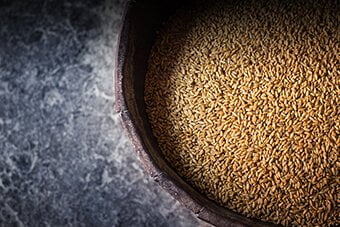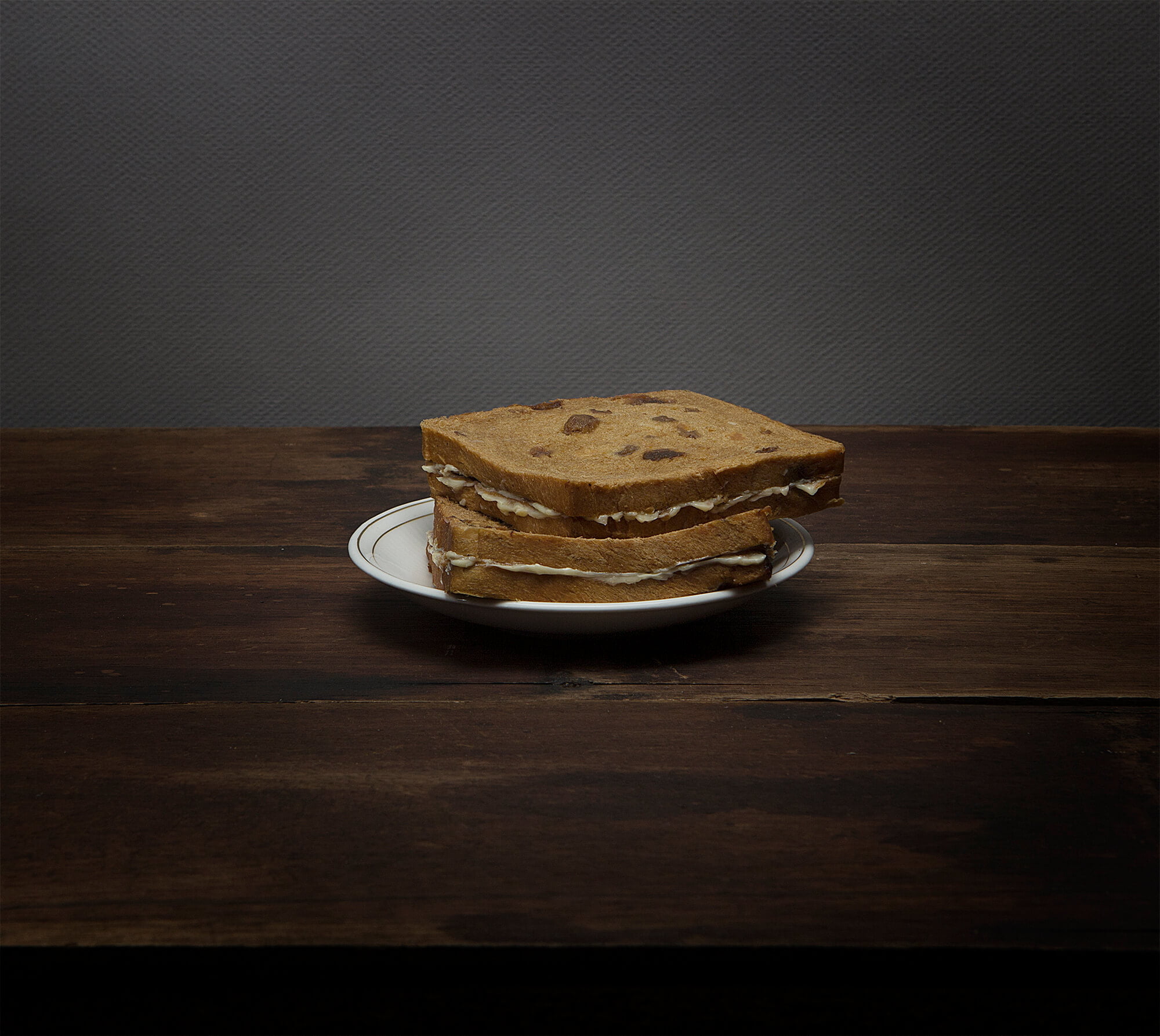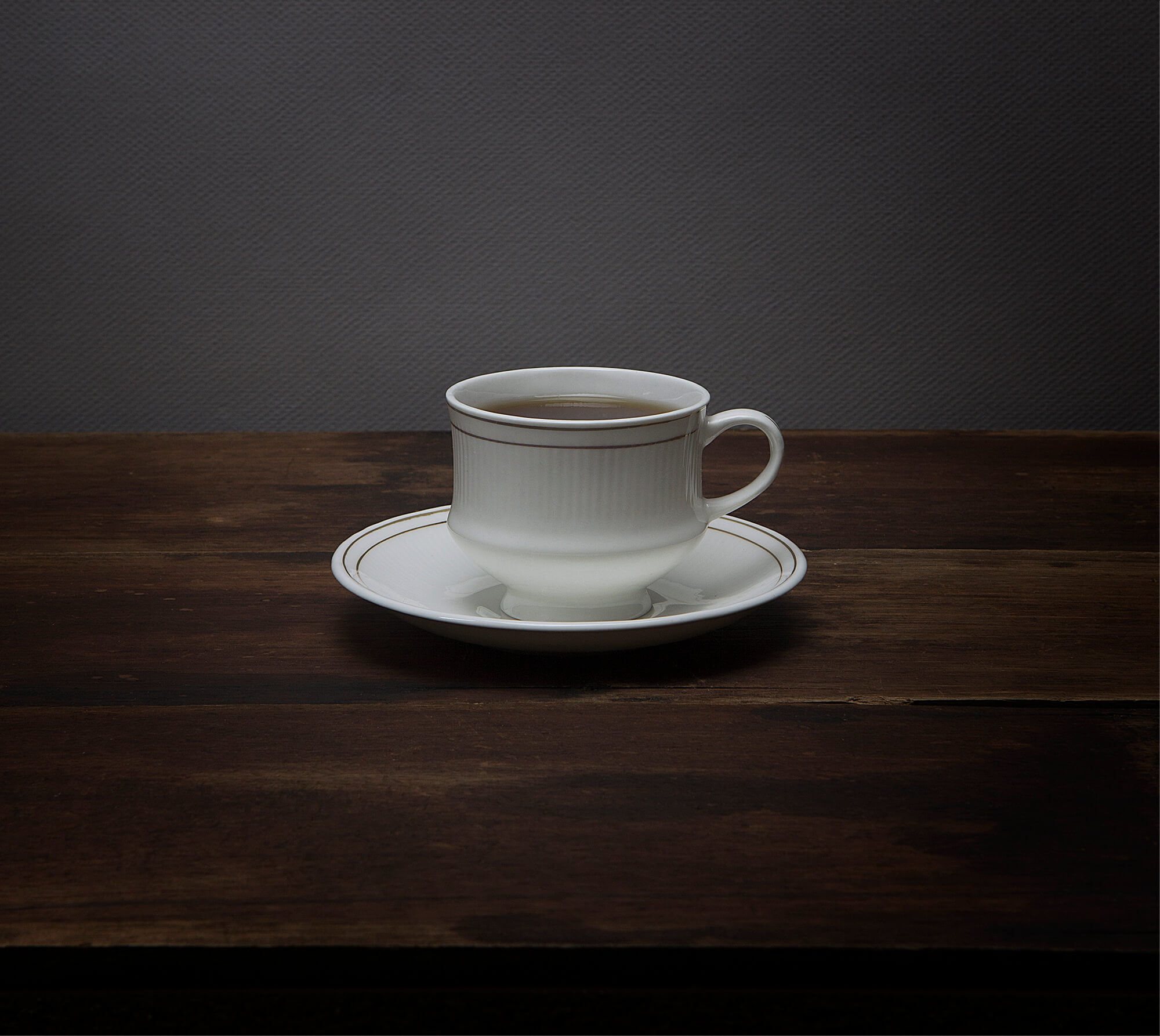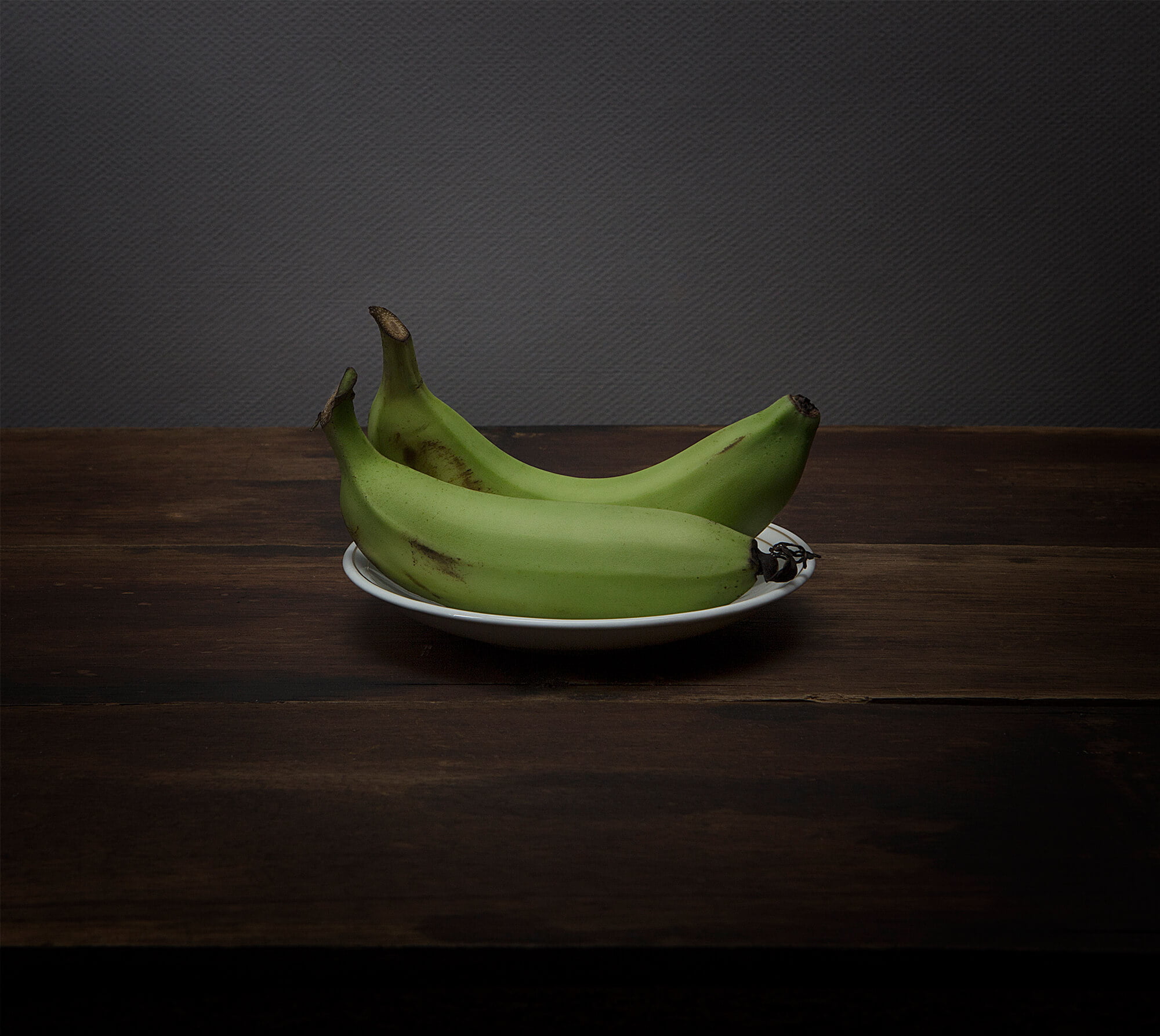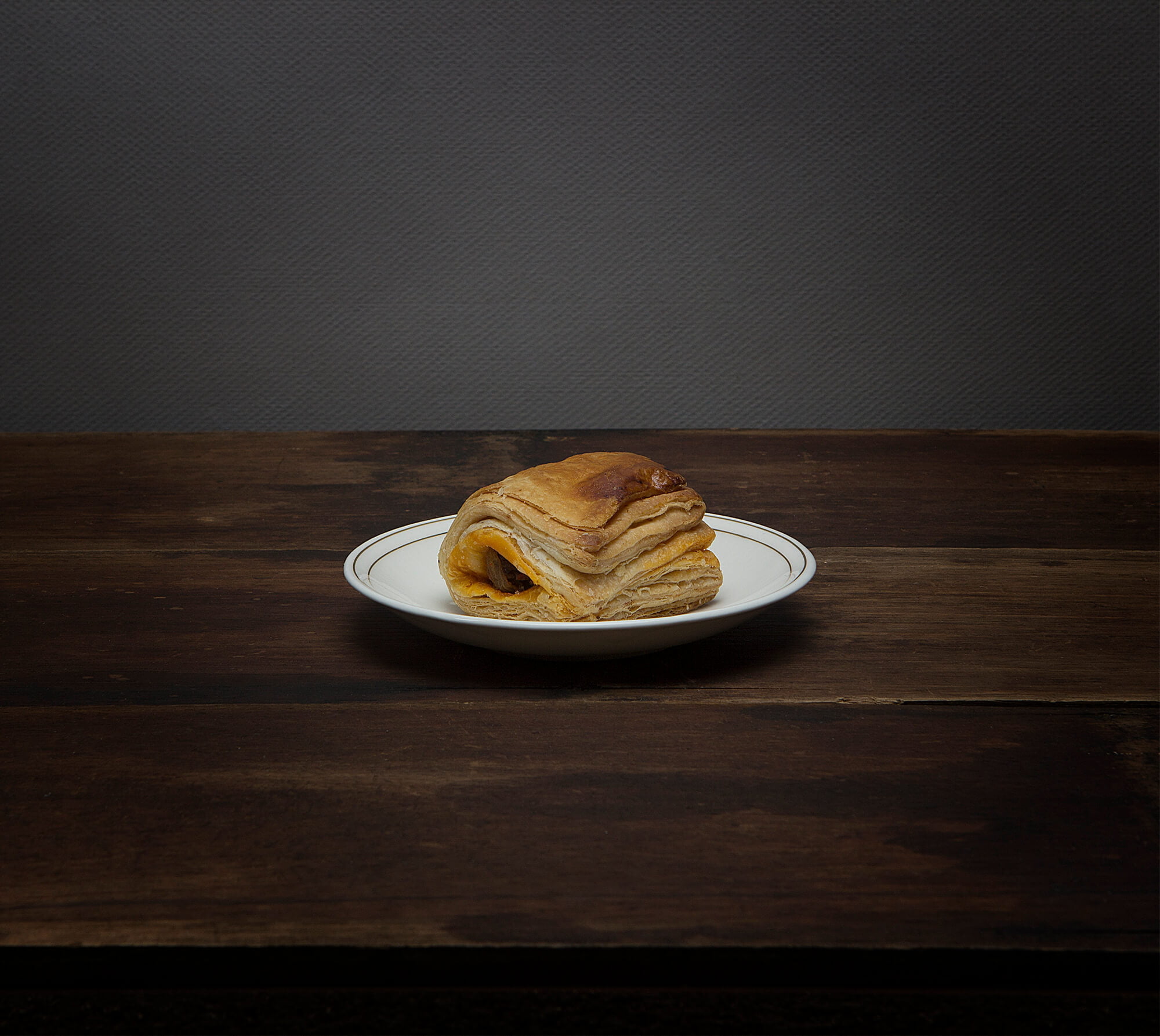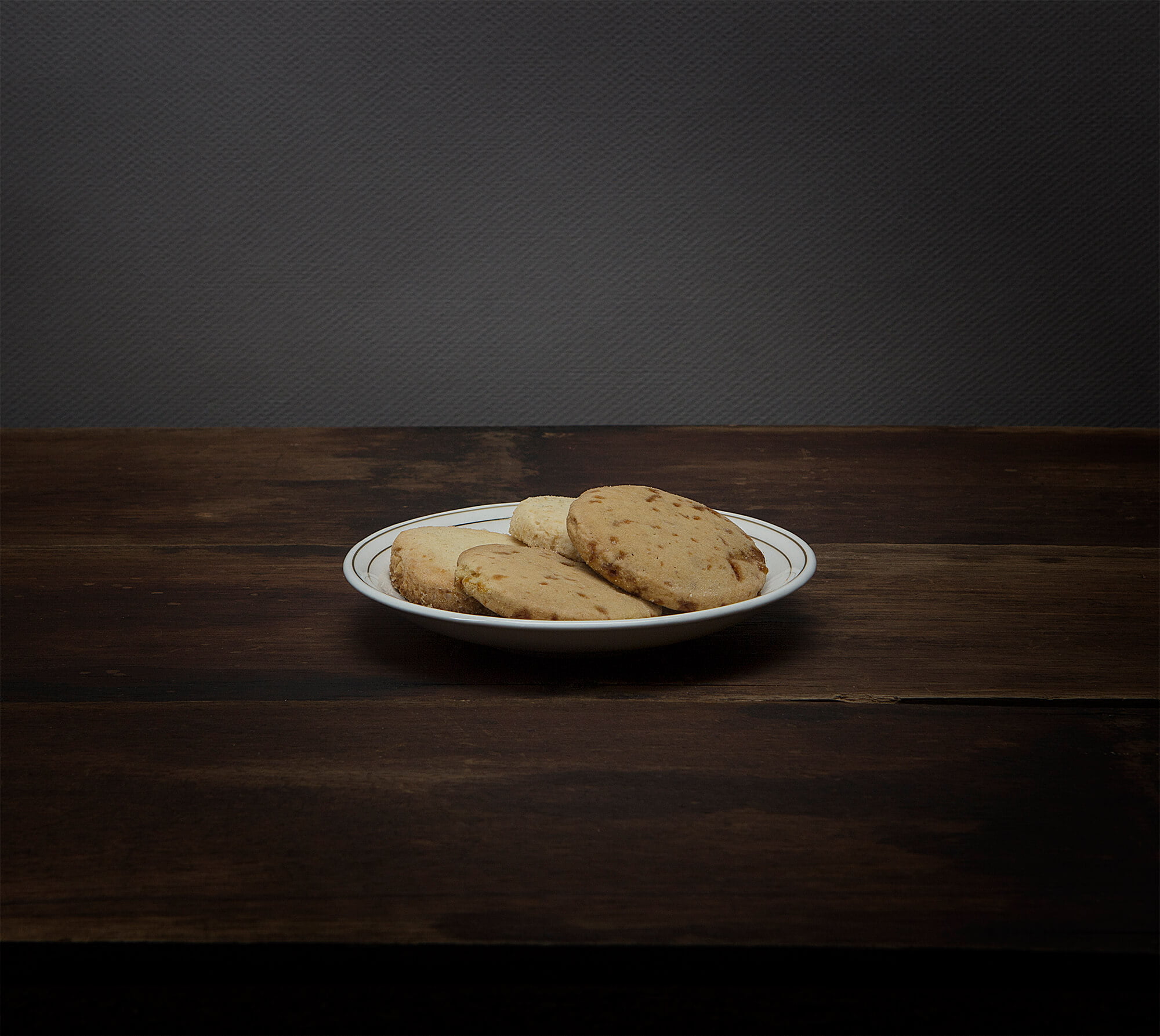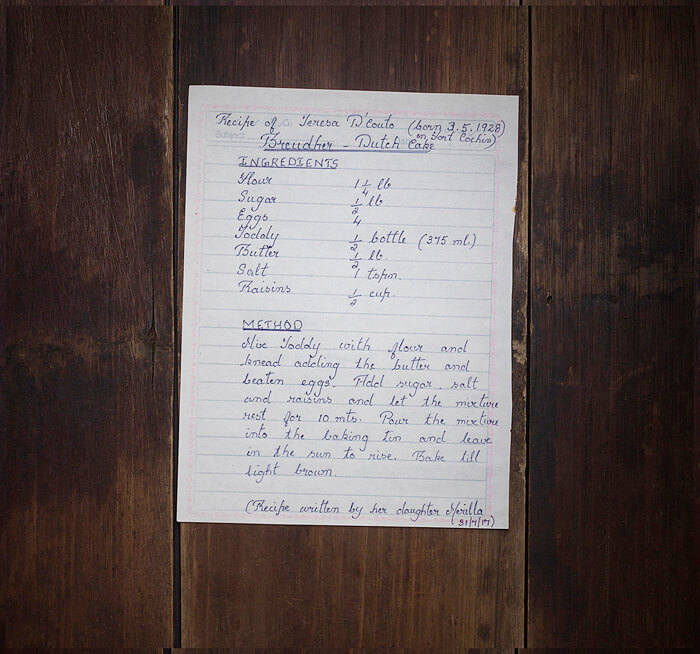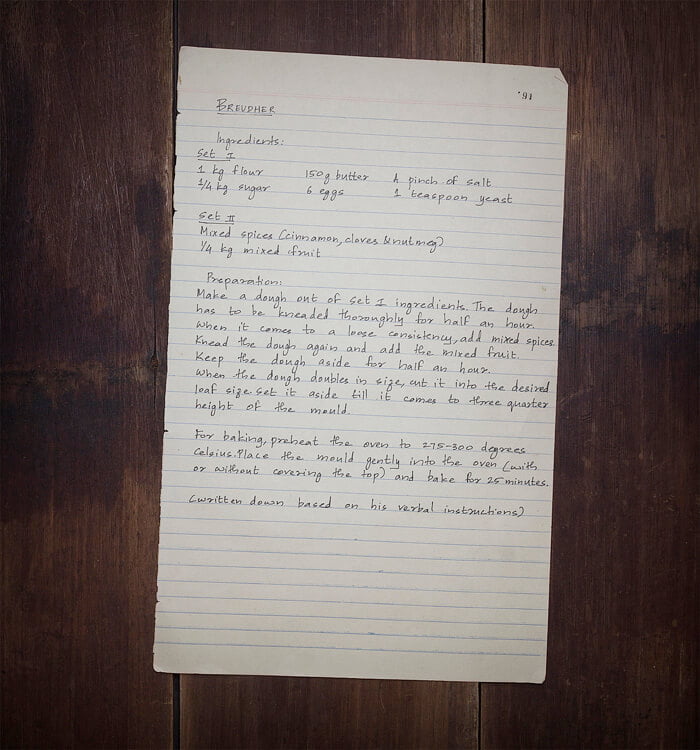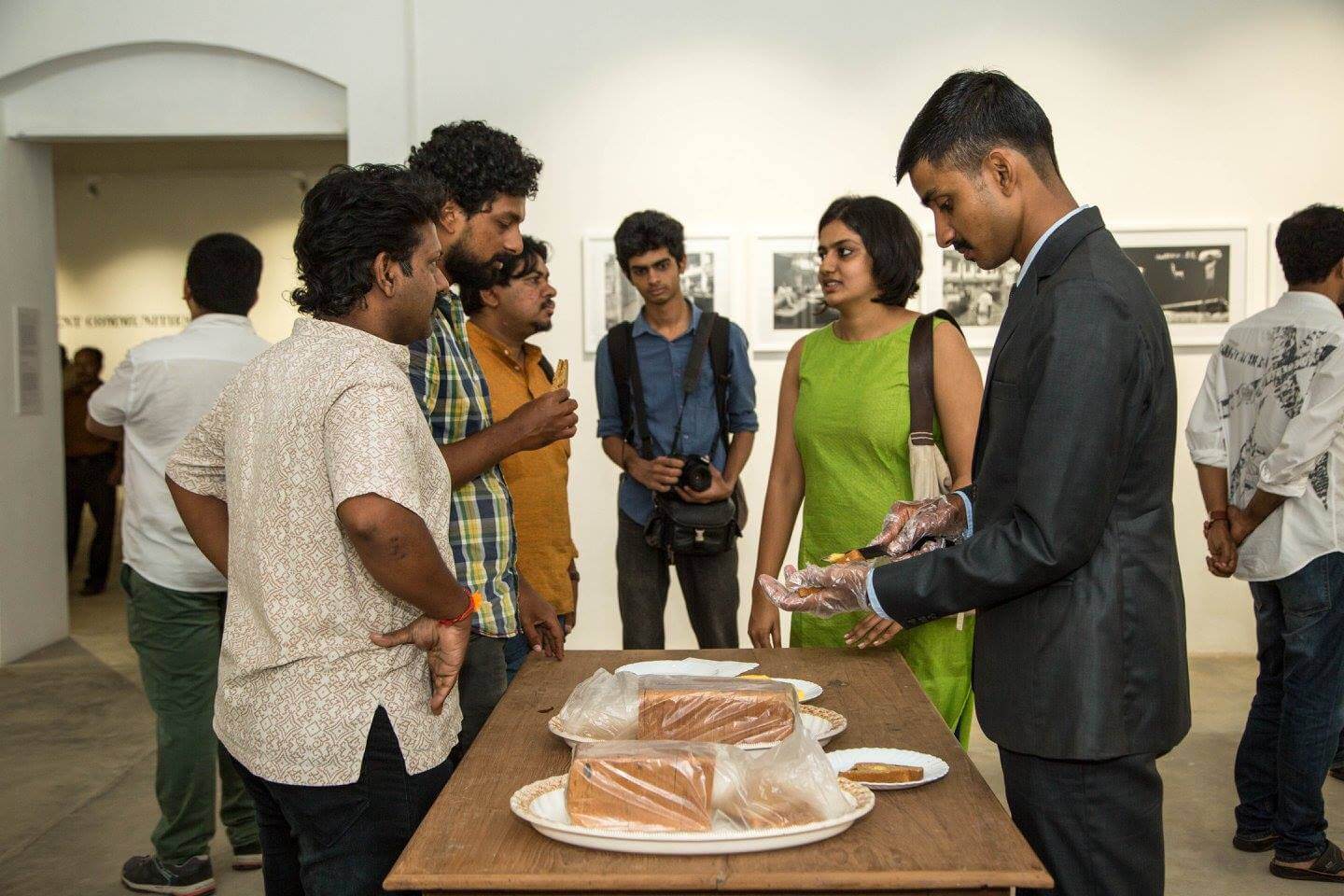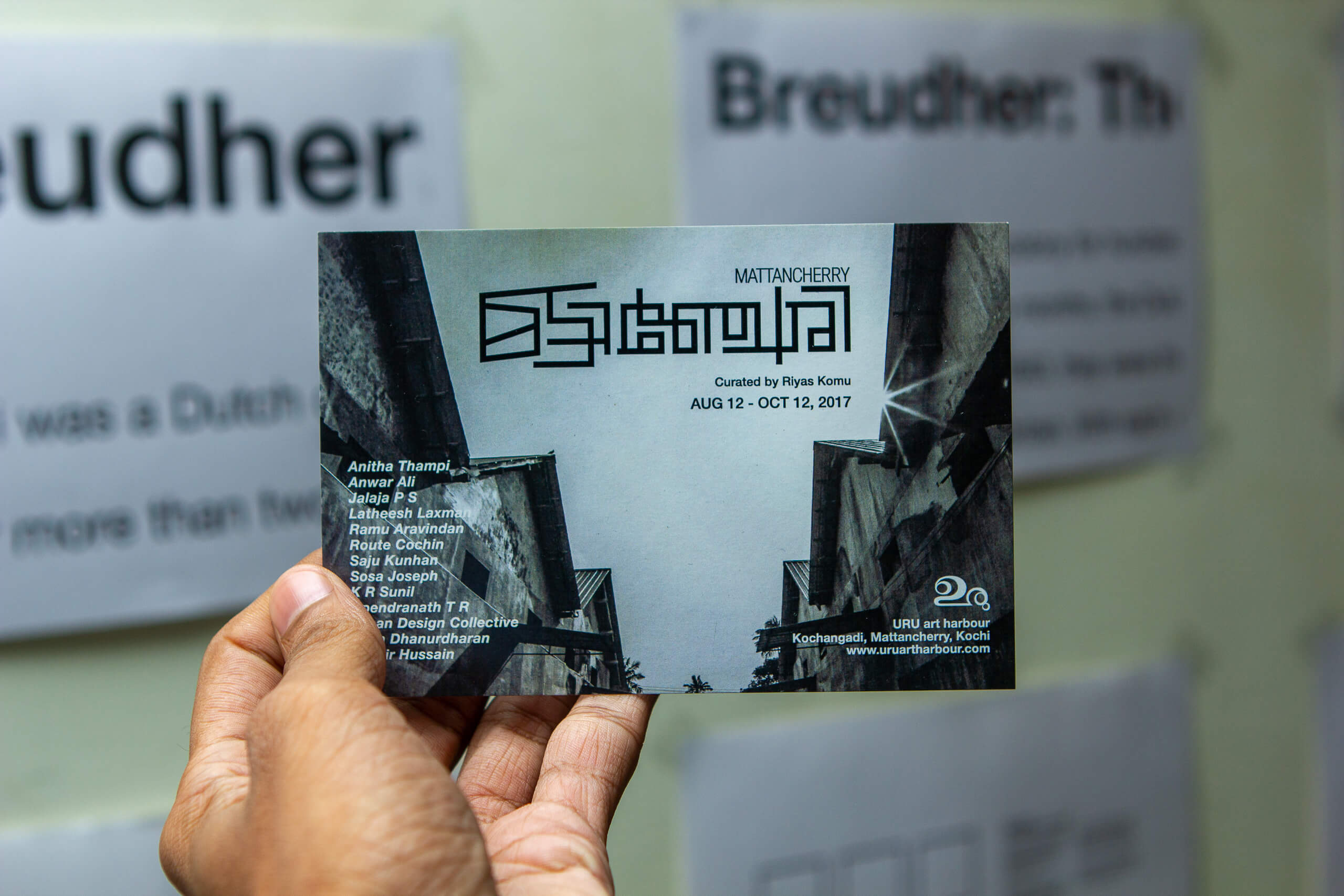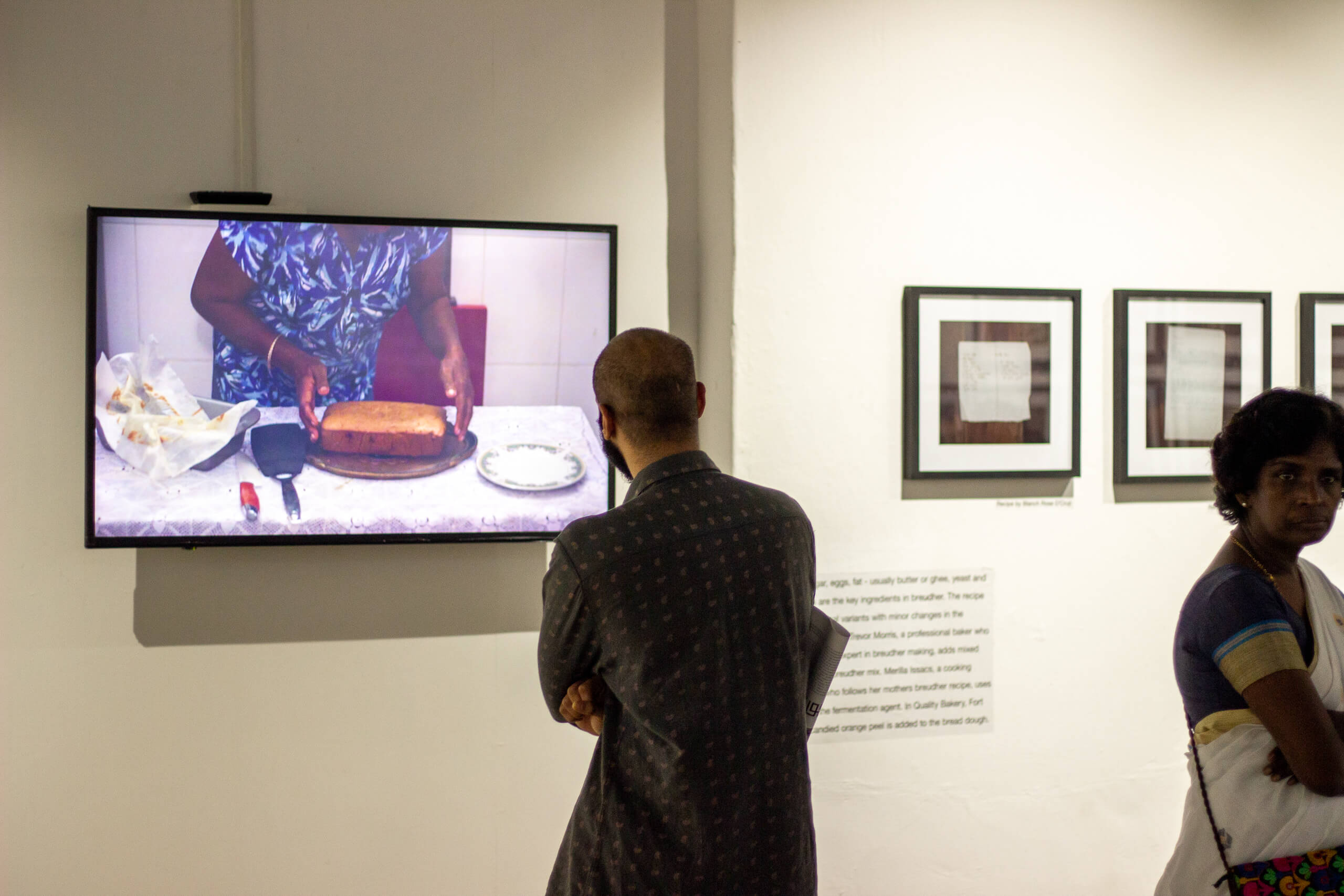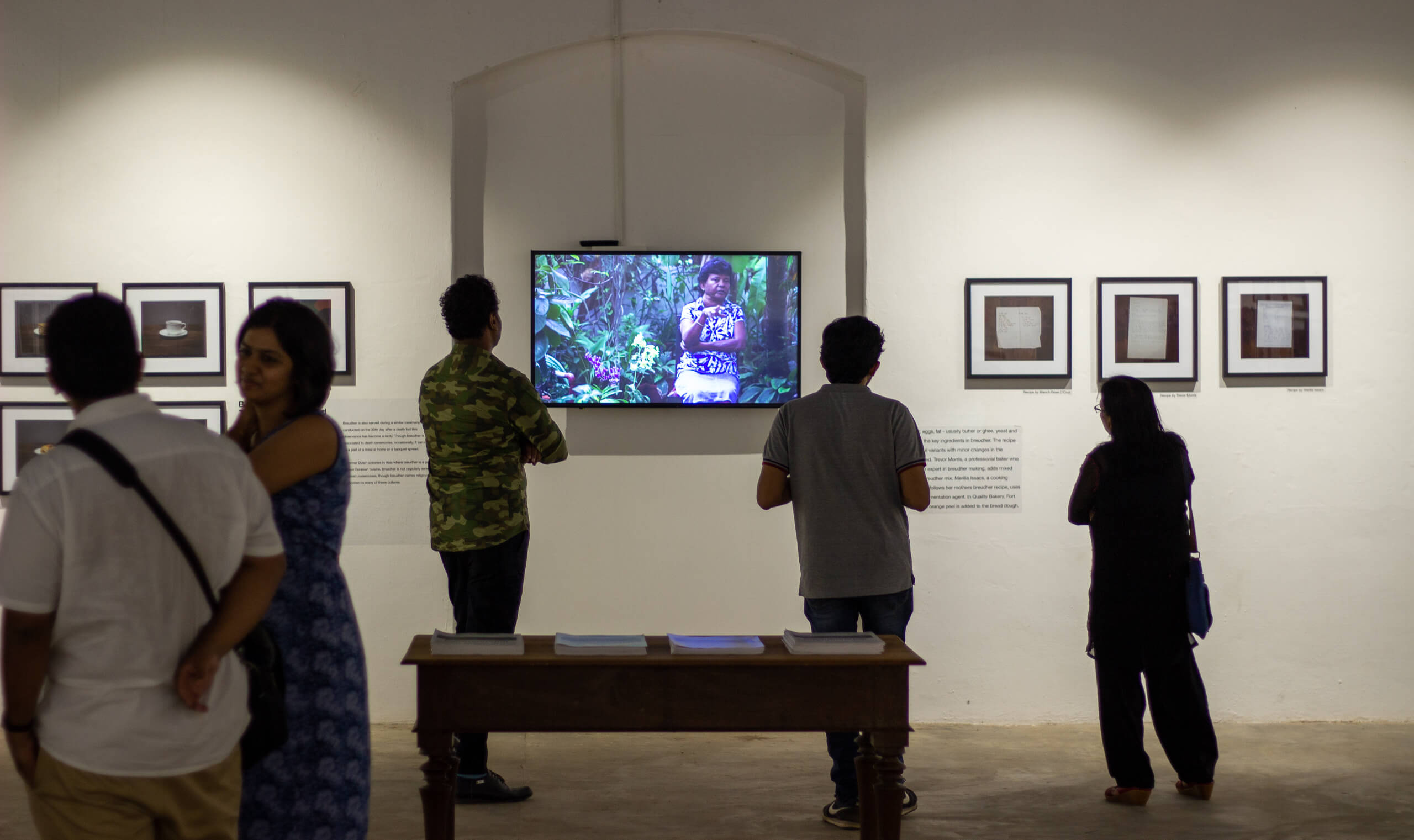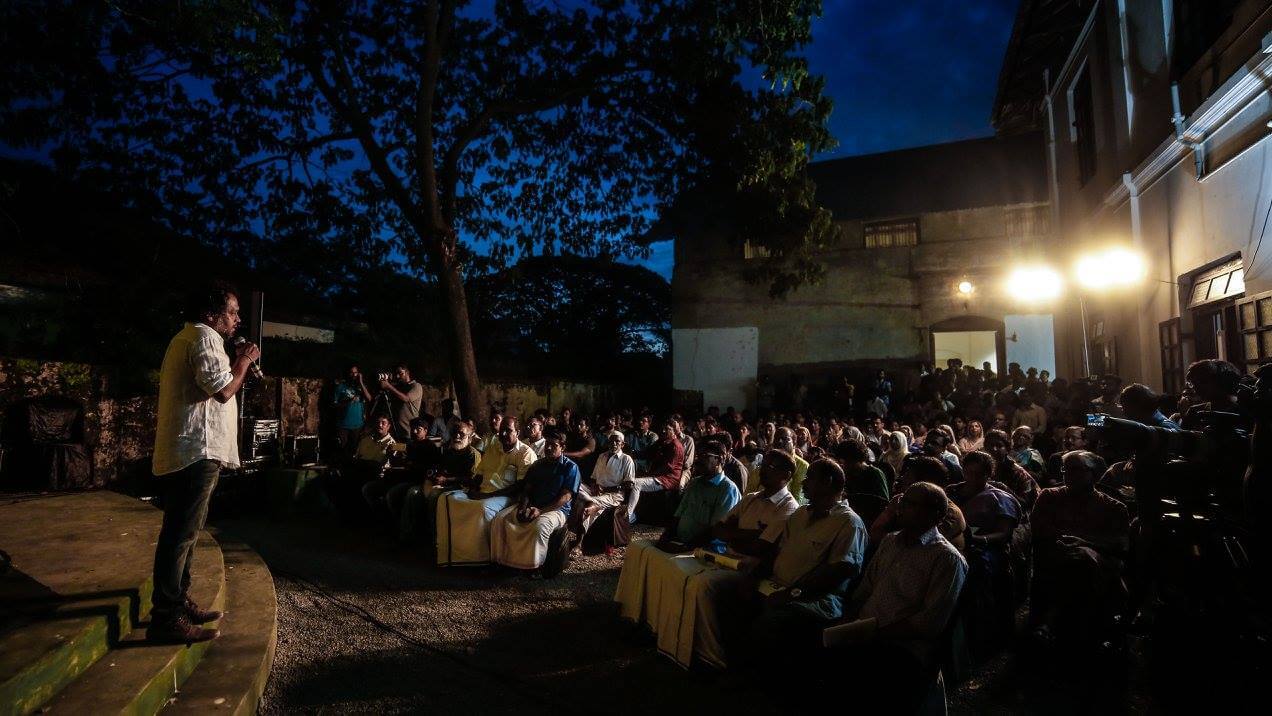EXHIBITIONS
Breudher: The Bread of the Dead.
Part of Mattancherry Exhibition at URU art harbour Curated by Riyas Komu
Artists: Sudhith Xavier & Ananya Rajoo
Studio Associate: Tony Xavier
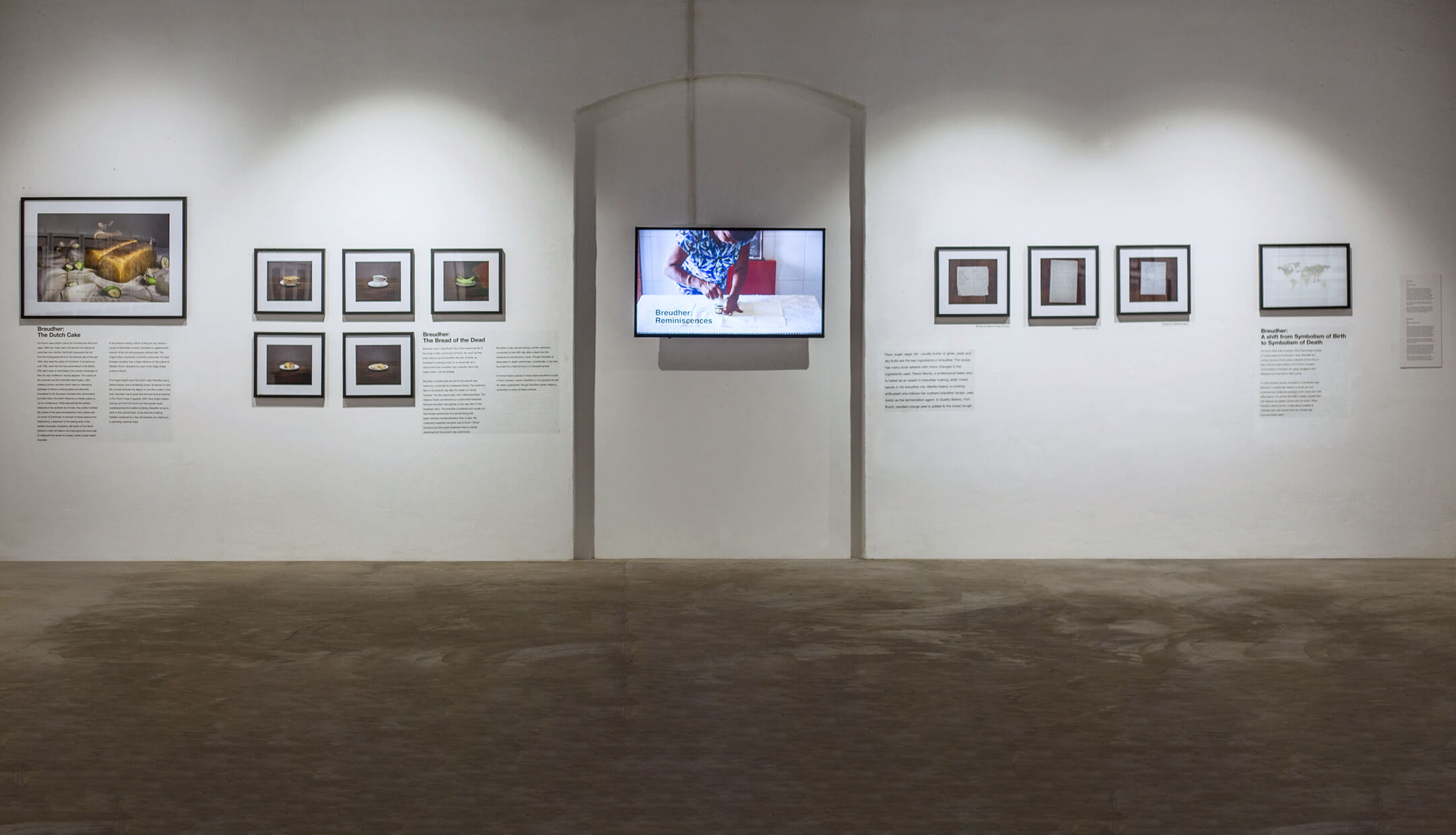

Curatorial Note:
‘Breudher: The Bread of the Dead’ delves deep into the culinary history and the cultural relevance of a bread which is believed to have reached the shores of Cochin with the Dutch colonialists. This sweet bread, called breudher, is a part of the Anglo-Indian cuisine of Cochin and plays an important role in the ceremonial life of this community. Traditionally, breudher is the main item served during the ritualistic breakfast that follows the Memorial Mass conducted by Anglo-Indian families on the seventh day after a bereavement. Thus, breudher, which has a unique cultural and ceremonial associations in erstwhile Dutch colonies in Asia, became ‘the bread of the dead’ in Cochin.
In today’s context, breudher has a rather ironic existence. With breudher hardly bieng served on the seventh day ceremonies and rarely prepared in Anglo-Indian households. the bread that symbolises death is being faced with the question of its own death.
Breudher represents a food heritage which evolved through interactions of many cultures over a long period of time. The decline of breudher-making in Cochin alludes to the uncertain future of the culinary culture of the Anglo-Indians of Cochin, which is now being practised by just a handful of people. In a place like Mattancherry where people of different ethnicities co-exist, kitchens are simple yet powerful symbols of deep diversity and cultural pluralism. As the food culture is becoming homogenised, the unique culinary traditions followed by various communities are fading into oblivion.
The story of breudher is a part of an ongoing research on the cultural heritages of various communities in Mattancherry and Fort Cochin. The series focuses on detailed documentation of the various aspects of the cutural heritages which are not usually the subjects of a detailed study.
The Work:
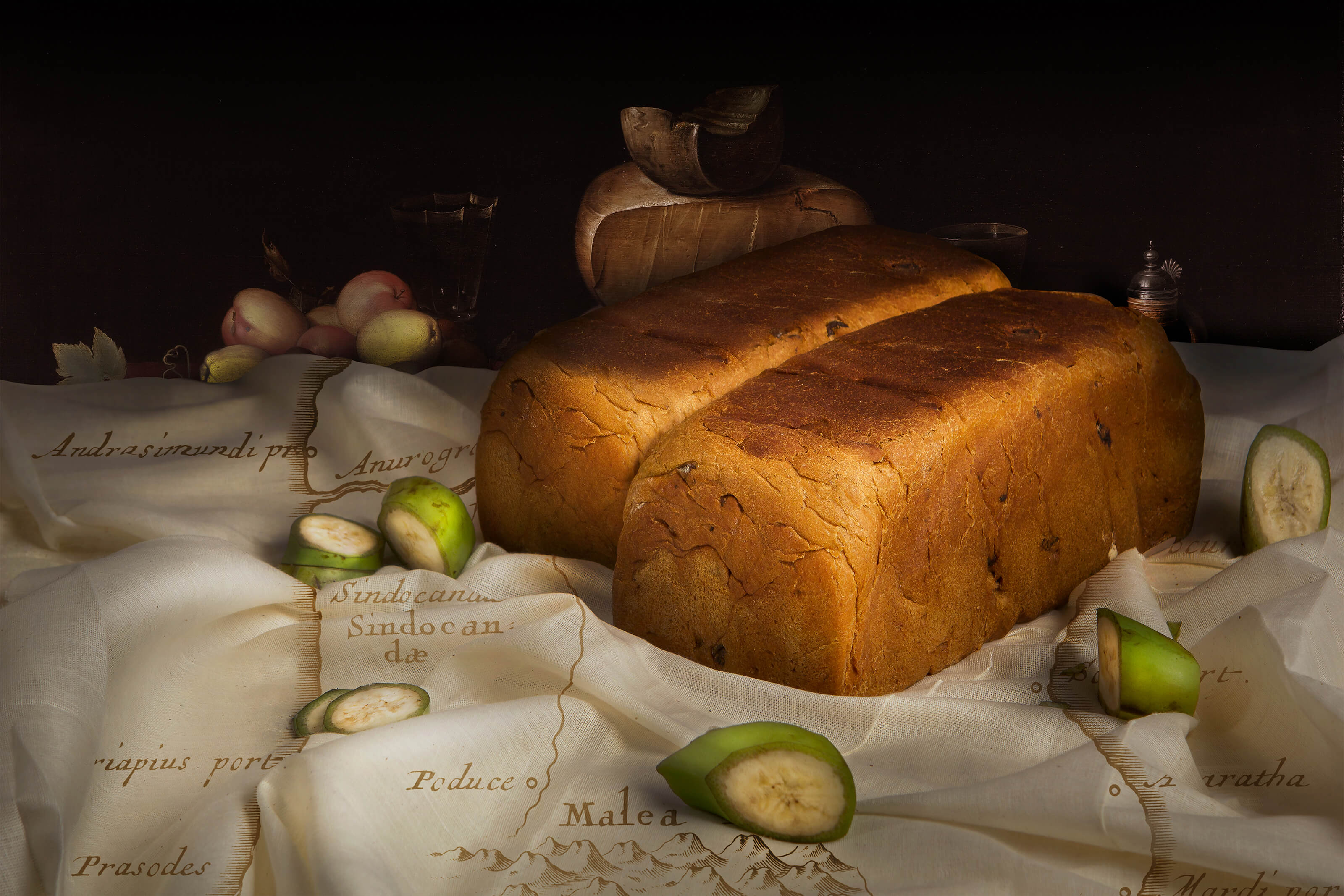

Breudher: The Dutch Cake
Fort Kochi was a Dutch colony for hundred and thirty two years. After two major wars, the second one lasting for more than two months, the Dutch conquered the fort from the Portuguese and from the seventh day of the year 1663, they were the rulers of Fort Kochi. It remained so until 1795, when the fort was surrendered to the British. With each wave of colonisation, the culinary landscape of this city was modified in varying degrees. The cuisine of the coloniser and the colonised intermingled, often creating culinary wonders which were an interesting synthesis of distinct cooking styles and elements. Compared to the European colonists who came before and after them, the Dutch influence on Kerala cuisine is not so conspicuous. While discovering the culinary treasures in the southern tip of India, they subtly modified the cuisine of the area and seasoned many dishes with an ounce of Dutchness. A remnant of these gastronomic interactions, a testament to the baking skills of the western European navigators, still exists in Fort Kochi thanks to a few old bakers who have gone the extra mile to safeguard the recipe of a sweet, buttery bread called breudher.
In the diverse culinary culture of this port city, where a myriad of ethnicities co-exist, breudher is a gastronomic memoir of the rich and pompous colonial past. The Anglo-Indian community, a minority community of mixed Eurasian ancestry, has a huge influence on the culture of Western Kochi. Breudher is a part of the Anglo-Indian cuisine of Kochi.
The Anglo-Indians call it the Dutch cake. Breudher has a distinct flavour and a tantalising aroma. Its texture is more like a bread whereas the flavour is more like a cake. In the past, breudher was in great demand and several bakeries in Fort Kochi made it regularly. With many Anglo-Indians moving out from Fort Kochi and the popular foods overshadowing the traditional dishes, Breudher is now a rarity in this colonial town. It has become a baking tradition continued by a few old bakeries and catering to a dwindling customer base.
Breudher: The Bread of the Dead
Breudher plays a significant role in the ceremonial life of the Anglo-Indian community of Kochi. As much as they enjoy eating a good breudher with lots of butter as breakfast or evening snack on a casual day, as a ceremonial meal, breudher has a specific role in the Anglo-Indian cultural heritage.
Breudher is traditionally served for the seventh day ceremony conducted by a bereaved family. The ceremony falls on the seventh day after the death of a family member. The day begins early with a Memorial Mass. The religious rituals are followed by a ceremonial breakfast. Buttered breudher with plantain is the main item in the breakfast menu. The breudher is buttered and usually cut into triangle sandwiches and served along with green-skinned robusta plantains. Now a days, the customary breakfast has given way to lunch / dinner functions and this sweet breakfast bread is rapidly vanishing from the seventh day ceremonies.
Breudher is also served during a similar ceremony conducted on the 30th day after a death but this observance has become a rarity. Though breudher is associated to death ceremonies, occasionally, it can also be a part of a meal at home or a banquet spread.
In former Dutch colonies in Asia where breudher is a part of their Eurasian cuisine, breudher is not popularly served for death ceremonies, though breudher carries religious symbolism in many of these cultures.
Flour, sugar, eggs, fat - usually butter or ghee, yeast and dry fruits are the key ingredients in breudher. The recipe has many local variants with minor changes in the ingredients used. Trevor Morris, a professional baker who is hailed as an expert in breudher making, adds mixed spices in his breudher mix. Merilla Issacs, a cooking enthusiast who follows her mothers breudher recipe, uses toddy as the fermentation agent. In Quality Bakery, Fort Kochi, candied orange peel is added to the bread dough.
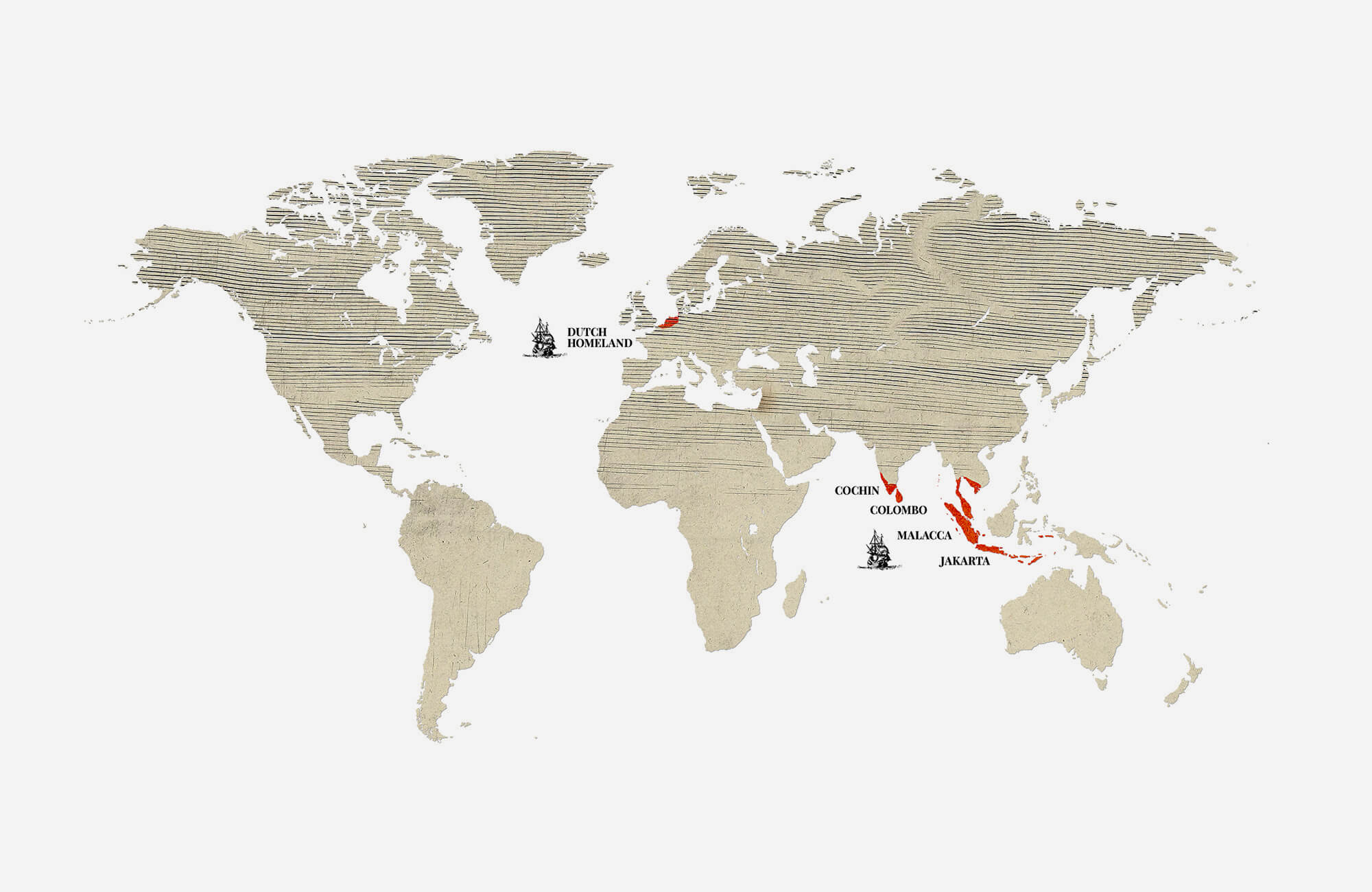

Breudher: A shift from Symbolism of Birth to Symbolism of Death
The Dutch East India Company (VOC) had a large number of trading bases and outposts in Asia. Breudher is a culinary remnant of the cultural influence of the VOC on Asia. Like the Anglo-Indians of Fort Kochi, Eurasian communities in Indonesia, Sri Lanka, Singapore and Malaysia have breudher in their cuisine.
In most of these cultures, breudher is a Christmas cake. Breudher is traditionally baked in a bundt pan and consumed as Christmas breakfast. In Sri Lanka and a few other places, it is served with Edam cheese, another item that reached the eastern shores with the Dutch. When breudher came to Kochi, a cake which is baked to celebrate birth was transformed into a bread that commemorates death.
Breudher: Reminiscence
Video / 4 mins 53 sec / Credits: Ananya Rajoo, Sudhith Xavier & Tony Xavier
The video is a series of interviews in which senior members of the Anglo-Indian community reminisce about breudher. They recall a time in their life when breudher making and related rituals were still alive in Fort Cochin. Like A. H. D’ Cruz mentions in his interview, though breudher is traditionally served for death ceremonies, the sweet bread, with its tantalising aroma and fluffiness, is always a beautiful culinary memory.
Some Moments From The Exhibition
Photographs from the exhibition
Photo Credits: URU art harbour, Sudhith Xavier & Tony Xavier
Let Us Know Your Thoughts
Hope you have enjoyed the story! Let us know your thoughts and feedback.

